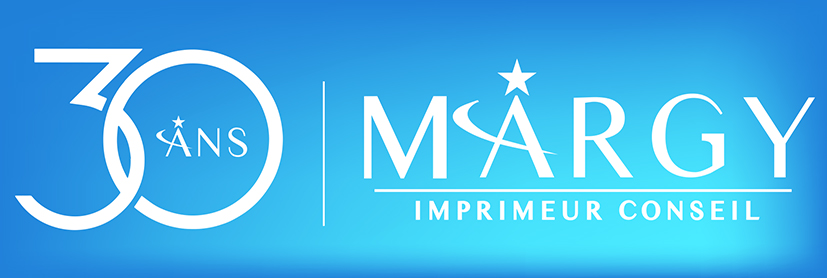The technique of personalisation is well known in marketing. The biggest campaign was launched some fifteen years ago in the United States with Mars’ famous M&M’s chocolate sweets. This campaign was the first example of sophisticated printing and was a huge success with consumers. This was followed by printing on textiles, cars, etc. The trend has been gathering pace over the last few years.
Technological developments are now benefiting the major brands, which have the opportunity to differentiate their products and win over more and more consumers.
Evian, Coca-Cola, Oreo, Nutella, etc. Companies are increasingly offering their customers the opportunity to customise their products. Thanks to this marketing technique, consumers feel pampered because they have a unique product.
The famous soda brand allows its consumers to choose original packaging, whether in colour or with their first name written on it. In Italy, Ferrero has also allowed its customers to illustrate the famous jar of chocolate spread with personalised packaging. As well as enjoying the chocolate, the buyer can also derive pleasure from offering a jar of Nutella to a friend, who will be surprised to see his or her first name on the white paper. The friend will feel valued by the possession of a familiar object bearing his or her name. For the famous cake brand, consumers can colour in the packaging or choose from several designs. At a time when colouring is back in fashion among adults, this $10 privilege is a big hit across the Atlantic.
Generation Y, those born at the end of the 1970s, are directly affected by this personalisation ofdigital printing, as they are more sensitive to emotion than price. In the United States, one in five of them would like a personalised product, and one in four in Asia.
At a time when social media are exploding, personalisation is responding to a new consumer expectation.
They express themselves, give their opinions on products and are looking for a special relationship with the company. On the other hand, the company gathers all this information preciously so that it can be reused in a future campaign.
Technological advances are enabling digital printing to develop thanks to the upheaval brought about by the personalisation of packaging, and this is only the beginning. Further progress is expected in terms of cost and production speed. Digital serves the product, innovation serves marketing.
3D printing will be one of the new areas of development for digital printing.
Some brands, such as Barilla, are organising competitions in which the winner can create a special pasta model using 3D printing. BMW has also launched an advertising campaign for children who have used this new printing technology to design their own cars and turn their dreams into reality. Digital printing still has a long way to go!
Other article: Promotional items: a lower marketing budget for a lasting return on investment
 01 44 52 02 02
01 44 52 02 02
